
Discover the countries with the most ‘living languages’ – at number one is a nation that speaks more than 800 different dialects
By
Around the world, humans speak more than 7,000 different languages. Collectively, languages have allowed ideas to be transmitted across cultures, connections to be made between countries thousands of miles apart, and societies to form throughout history.
But which countries have the most diverse linguistic landscape? Here we reveal the ten countries speaking the greatest number of living languages (languages that are spoken by at least one person), in reverse order:
Enjoying this article? Check out our related reads:
10) Brazil – 222
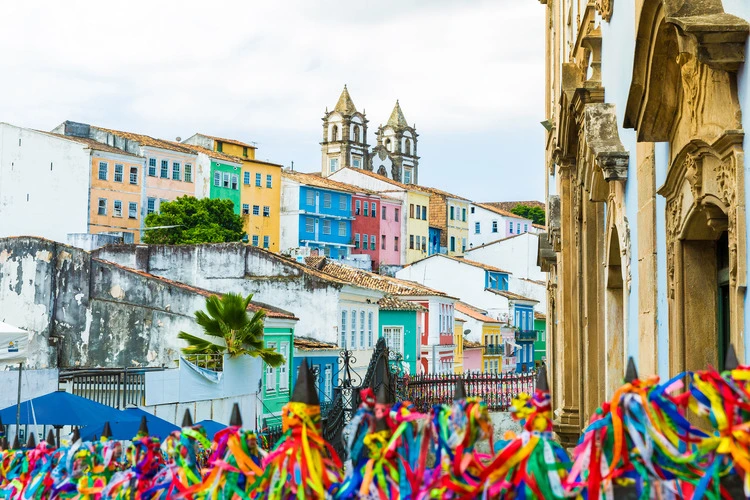
The official language of Brazil is Portuguese, spoken by almost all of its 216-million-strong population. However, a large proportion of its more than 200 total living languages are from a variety of Indigenous cultures. Prior to colonisation, Tupian was the major language in Brazil and was widely used until the 19th century within the Amazon region and in western parts of the country.
Tucano and Mawé are also two more examples of Indigenous languages, although speakers of it are in small numbers: between 10,000 to 40,000 people.
As well as these Indigenous languages, German and Italian are also spoken in the country, particularly in southern Brazil. In some municipalities, Italian has co-official status, and German is spoken by around 1.9 per cent of the population.
9) Australia – 224
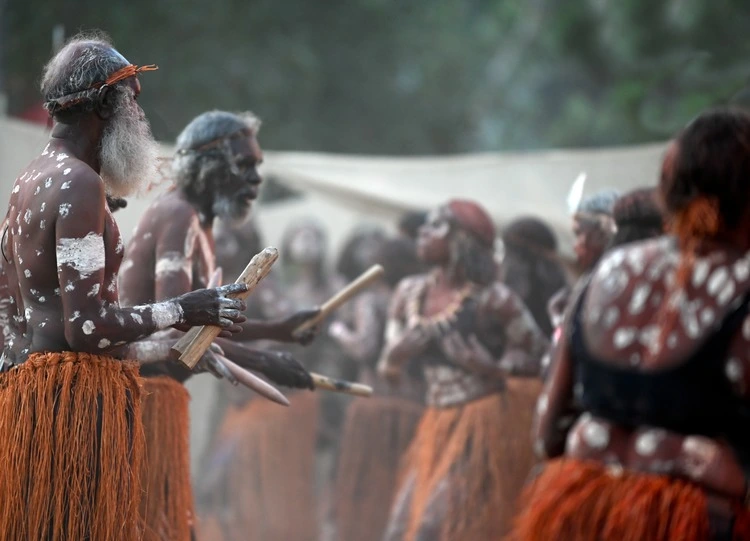
English is the national language of Australia, with 72 per cent of people in a 2021 census speaking only English at home – however there are a wide variety of other languages used in the country. Indigenous languages make up a vast proportion of Australia’s linguistic landscape, but Mandarin (2.5 per cent), Arabic (1.4 per cent), Vietnamese (1.2 per cent) and Italian (1.2 per cent) are also spoken.
Prior to colonisation, it is believed that Australia had around 250 Indigenous dialects, a number which has now dwindled to around 20 languages that are used everyday by all age groups. An estimated 110 further Indigenous languages are spoken only by older individuals.
Around 50 of the Australian Indigenous languages have just 150 speakers.
8) USA – 236
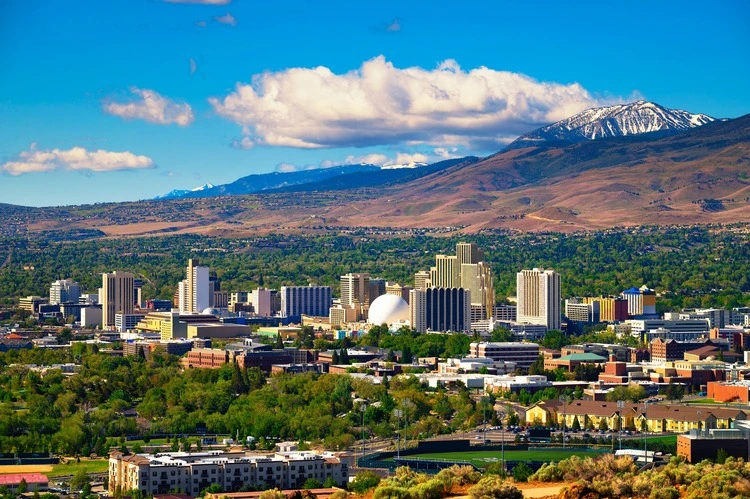
In the USA, English is the most commonly spoken language, with 78 per cent of the population reporting this is the language they speak at home regardless of the nativity. The next major language is Spanish, with around 41 million Americans speaking it at home, followed by Cantonese and Mandarin (3.5 million people), Tagalog (1.76 million), Vietnamese (1.571 million), Arabic (1.26 million) and French and Louisiana French (1.17 million).
There are some states in particular with a high concentration of non-English speakers: Nevada is the state where Tagalog is most commonly spoken, and Michigan and Tennessee have the highest concentration of Arabic speakers anywhere in the US.
Around half a million people across the US speak Native North American languages, including Navajo, Yupik, Dakota, Apache, Keres and Cherokee.
7) Cameroon – 279
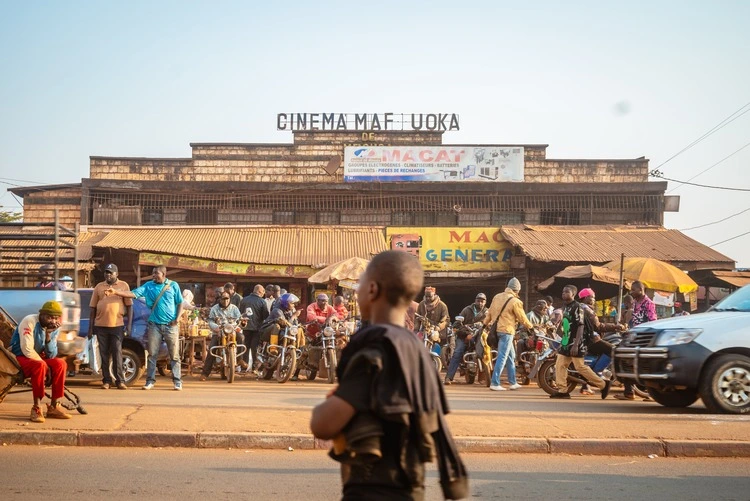
56 per cent of Cameroon’s population speak French, making the language the most common across the African country. Both English and French are Cameroon’s official languages, having been introduced due to European colonisation. Some estimates suggest there are some 200 Indigenous languages that still exist in the country today; others put the figure much higher, at almost 280.
Among the plethora of local languages is Camfranglais – a mix of French, English and Cameroonian slang and vernacular – originating back in the 1970s and popularised by music in the region.
6) Mexico – 293
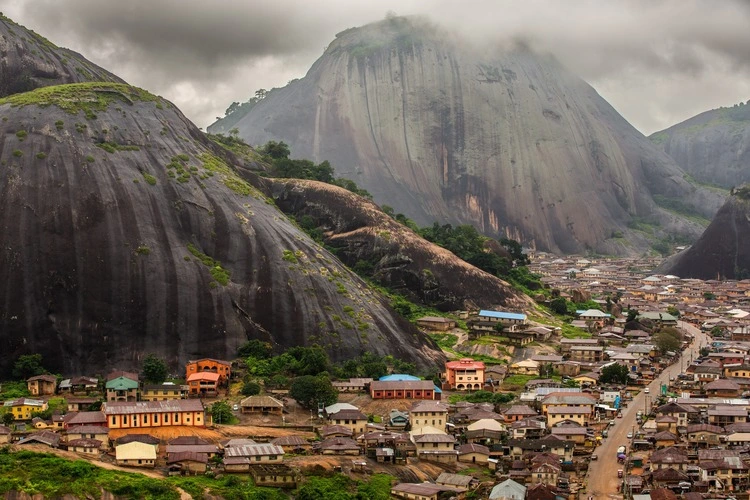
Although Spanish is Mexico’s de facto national language, there are almost 300 other languages spoken in the country. The city of Oaxaca in Mexico is home to the largest spread of linguistic diversity anywhere in the country, with 158 languages spoken.
In Mexico, the most popular Indigenous language is Náhuatl, with more than 1.6 million speakers, followed by Maya (774,000), Tseltal (589,000) and Tsotsil (550,000). However, the number of people speaking these languages has been declining. In 1820, around 60 per cent of Mexicans spoke an Indigenous language, in 2020 that figure was just 5.8 per cent.
5) China – 306
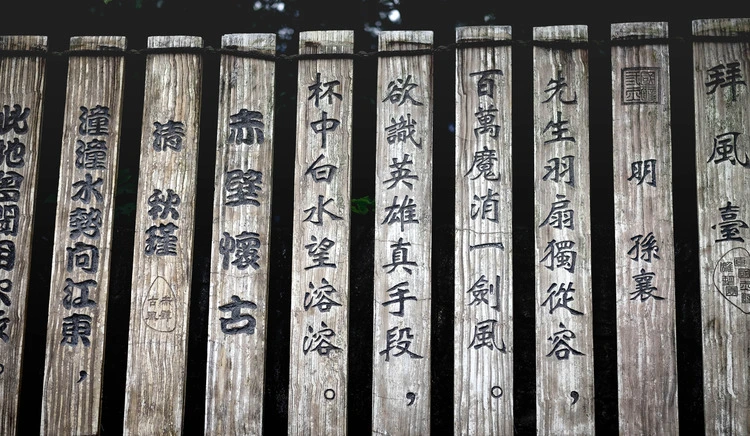
Linguists often split Chinese into seven to 10 dialects (with Mandarin being one of them), and each of these has its own sub-dialects, giving rise to the plethora of languages in the country.
Putonghua, also known as Mandarin, is China’s official dialect. Around 70 per cent of the population speak Mandarin as their first language. Also popular is Yue (Cantonese) spoken primarily in the south of China.
A whole host of other languages are spoken in China, known as ethnic minority languages, including Mongolian and Zhuang. Around 10 per cent of the population speak these.
Recent research has shown there are around 25 languages in the country that have less than 1,000 speakers, and some have only around 12 left. To preserve these endangered languages, researchers in China have taken surveys of these dialects, capturing their historical and cultural backgrounds, as well as examples of grammatical sentences, cultural traditions and audio recordings.
4) India – 453
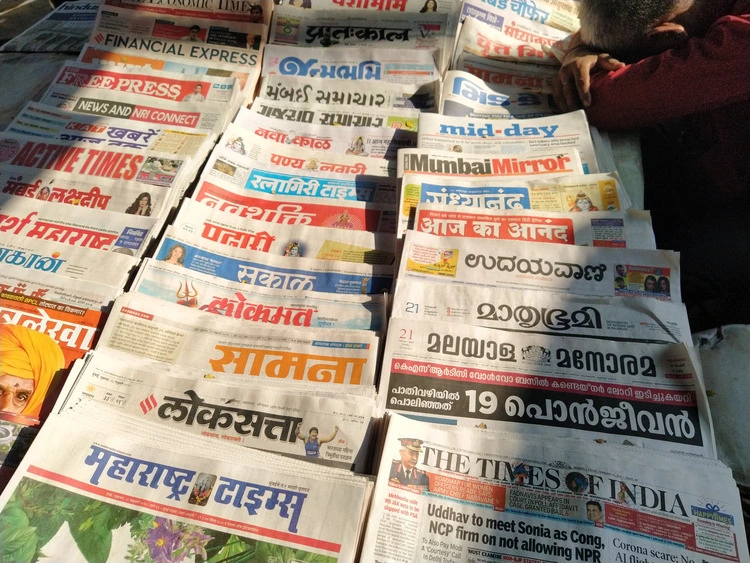
One reason for India’s large spread of languages is in its history. Over the last few thousand years, the country has been split into many small kingdoms and has been ruled by many empires, each with its own unique linguistic features.
It has two official languages – Hindi and English – but there are 22 officially recognised languages in the country’s constitution, ranging from Bengal to Malayalam and Sanskrit.
One research survey suggests around 250 languages have disappeared from India in the past 60 years alone, and hundreds more are in danger of dying out completely. It is common for tribal communities to lose their languages when moving out of state, as children will not be taught this language in school, and so the language cannot be passed down further generations.
Researchers have been keen to document languages across the country, with one found – known as Rai-Rokdung – that was spoken by just 20 individuals.
3) Nigeria – 530

Nigeria is the most populous country in Africa, and its number of languages is certainly no small figure, boasting more than 500.
English is Nigeria’s official language, but a plethora of other languages are spoken in the country. Some of the major ones include Hausa, Yoruba, Igbo and Kanuri, spoken particularly in rural areas. Several sign languages exist in Nigeria too, from Nigerian Sign Language to Bura Sign Language, used by Indigenous communities.
The Indigenous languages within the country are plentiful but often endangered – already seven have become extinct.
2) Indonesia – 710
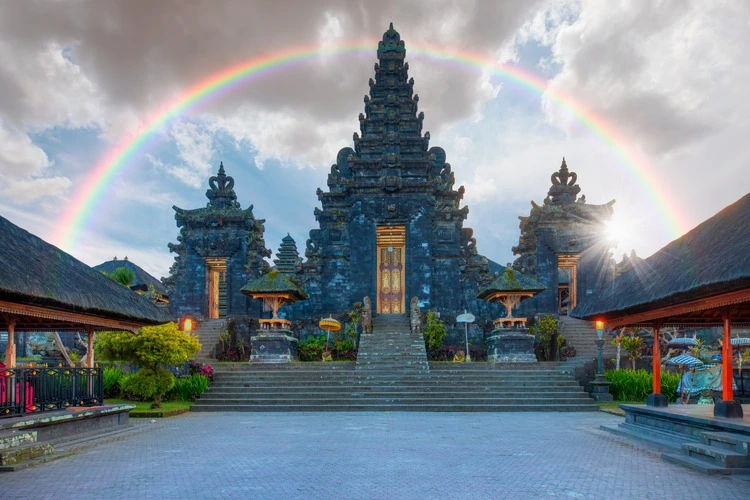
Although Bahasa Indonesian is spoken by 94 per cent of the country’s population, it is the primary language of just 20 per cent of all people. The most common primary language is Javanese, spoken by more than 30 per cent of Indonesian individuals.
Other major languages include Sundanese, Manduranese and Bahasa Bugis.
A major reason to explain the variety of languages in Indonesia is its geography. As the largest archipelagic country in the world – with anywhere between 13,000 and 25,000 islands – it is easy for new, unique languages to form in isolated communities.
1) Papua New Guinea – 840
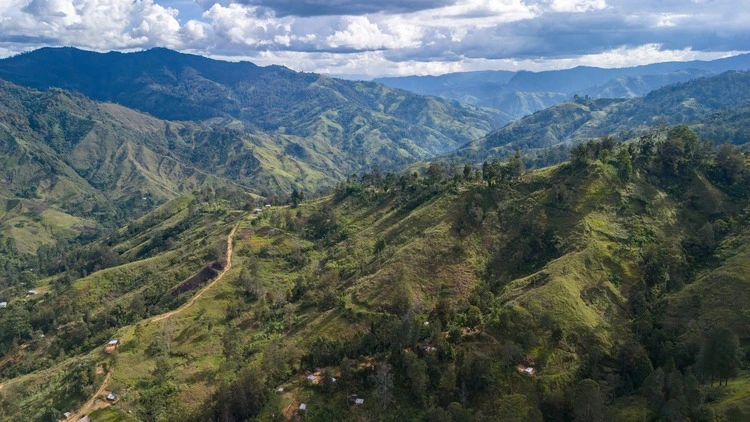
The country with the most linguistic diversity on Earth is Papua New Guinea, home to more than 10 per cent of the world’s languages. Tok Pisin is the most commonly spoken language, which combines both English and Indigenous grammatical elements.
A large proportion of Papua New Guinea’s other languages fall into two different Indigenous categories – Austronesian (with around 200 languages) and non-Austronesian (approximately 550 languages). Austronesian languages are mostly spoken in coastal regions and offshore islands, while non-Austronesian languages constitute a larger proportion of the population who live in the country’s centre.
A major factor contributing to Papua New Guinea’s plethora of languages is that the country did not experience an early establishment of a centralised authority, an event that may have otherwise led to one or two dialects becoming the official language. Combined with this, the country’s rugged terrain made it easier for communities to become isolated, giving rise to the hundreds of languages there today.




